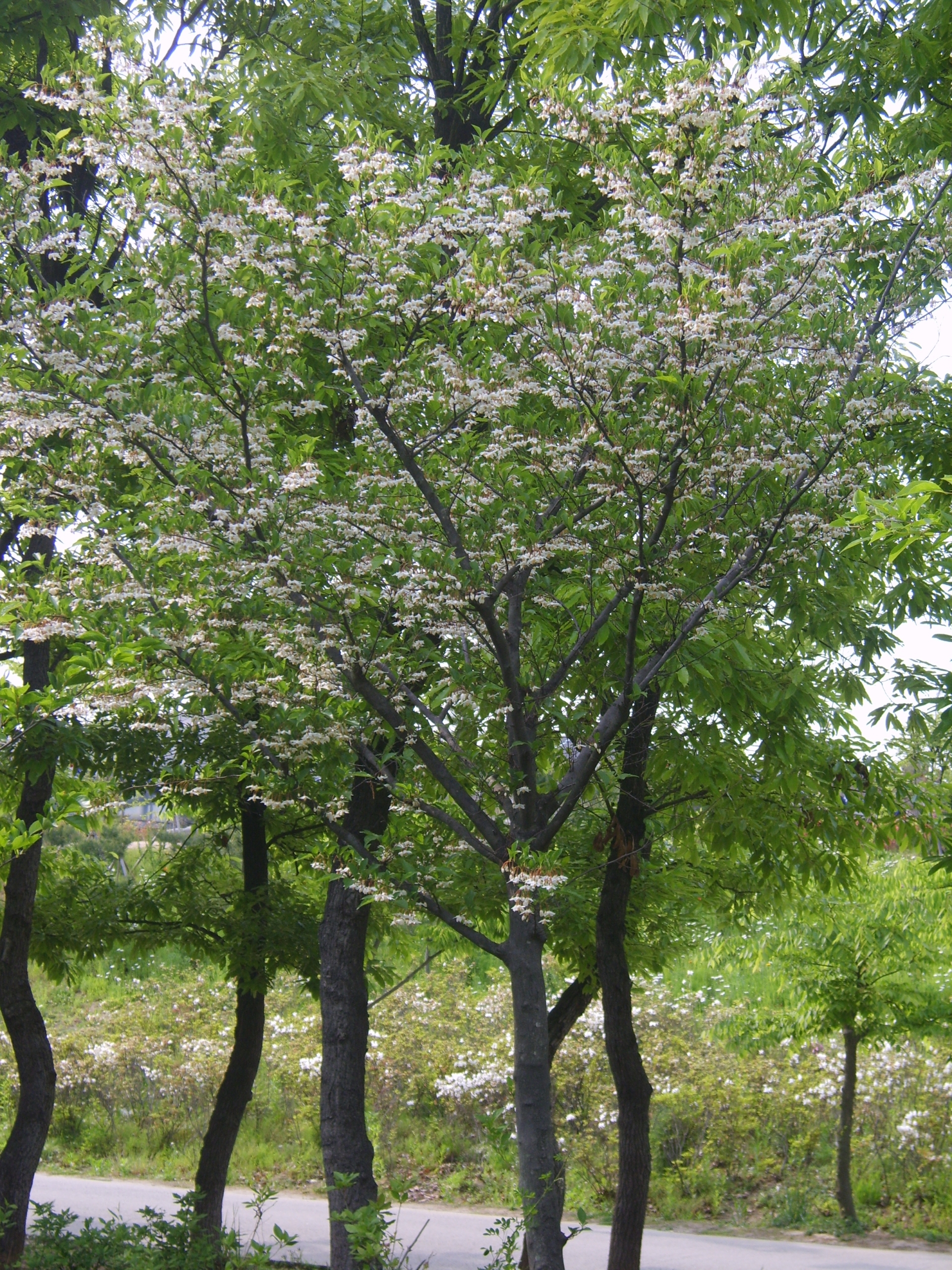by Plant Something Alabama
Share
by Plant Something Alabama
Share

The Japanese Snowbell, or Styrax japonicus, is more than just a plant—it’s a living testament to nature’s artistry and elegance. This captivating tree, with its delicate white flowers that dangle like tiny bells, has a way of capturing the heart and imagination of anyone who encounters it. For gardeners and plant lovers, the Japanese Snowbell offers not just beauty, but also a connection to a deeper, almost poetic sense of tranquility and reflection.
In Japan, the Snowbell is more than a garden adornment; it’s a symbol woven into the fabric of cultural history and folklore. Known locally as “egonoki,” the tree has been cherished for centuries, often featured in traditional tea gardens and temple grounds. Its ethereal blossoms are celebrated in haiku and art, embodying the fleeting beauty of life—a concept deeply rooted in Japanese aesthetics. The Snowbell’s presence in Japanese culture serves as a gentle reminder of nature’s impermanence and the delicate balance we must strive to maintain.
Growing and Caring for Japanese Snowbells
Caring for a Japanese Snowbell in Alabama is akin to nurturing a relationship—it requires understanding, patience, and a touch of love. These trees thrive in well-drained, acidic soil and prefer a spot that mimics their native under-story habitat—partially shaded yet receiving dappled sunlight. While they are relatively hardy, surviving in USDA zones 5-8, they demand protection from harsh winds and extreme temperatures.
In warmer climates, ensure they receive ample water during dry periods to mimic the consistent moisture of their natural environment. Conversely, in cooler regions, mulching around the base can help protect their roots from freezing temperatures. The key is to create a micro-environment where the Snowbell feels at home, allowing it to flourish and bring its unique charm to your garden.
Notable Varieties and Hybrids
The world of Japanese Snowbells is rich with variety, each cultivar offering a unique twist on the classic beauty of Styrax japonicus. Some notable varieties include:
- ‘Pink Chimes’: This variety offers a blush of color with its soft pink flowers, providing a gentle contrast to the traditional white.
- ‘Evening Light’: With striking dark purple foliage, this cultivar adds dramatic flair, especially when paired with its pristine white blooms.
- ‘Snowcone’: Known for its compact form and prolific blooming, ‘Snowcone’ is perfect for smaller gardens or as a focal point in a mixed border.
These hybrids and cultivars enhance the versatility of the Japanese Snowbell, making it suitable for a wide range of garden styles and personal preferences.
Beyond their undeniable beauty, Japanese Snowbells offer numerous benefits that make them a valuable addition to any Alabama garden. Aesthetically, their graceful form and cascading white flowers create a serene and enchanting atmosphere, transforming ordinary spaces into tranquil retreats.
Environmentally, these trees provide essential habitat for Alabama wildlife. Their flowers attract pollinators such as bees and butterflies, while their dense foliage offers shelter for birds. Moreover, the Snowbell’s ability to thrive in diverse conditions makes it a resilient choice for gardeners looking to cultivate a sustainable and ecologically balanced landscape.
Frequently Asked Questions
Q: How fast do Japanese Snowbells grow?
A: Japanese Snowbells have a moderate growth rate, typically reaching 20-30 feet in height over several years.
Q: When do Japanese Snowbells bloom in Alabama?
A: They generally bloom in late spring to early summer, filling the garden with their characteristic bell-shaped flowers.
Q: Are Japanese Snowbells susceptible to pests or diseases?
A: While relatively hardy, they can occasionally suffer from leaf spot or scale insects. Regular monitoring and proper care can mitigate these issues.
STAY IN THE LOOP